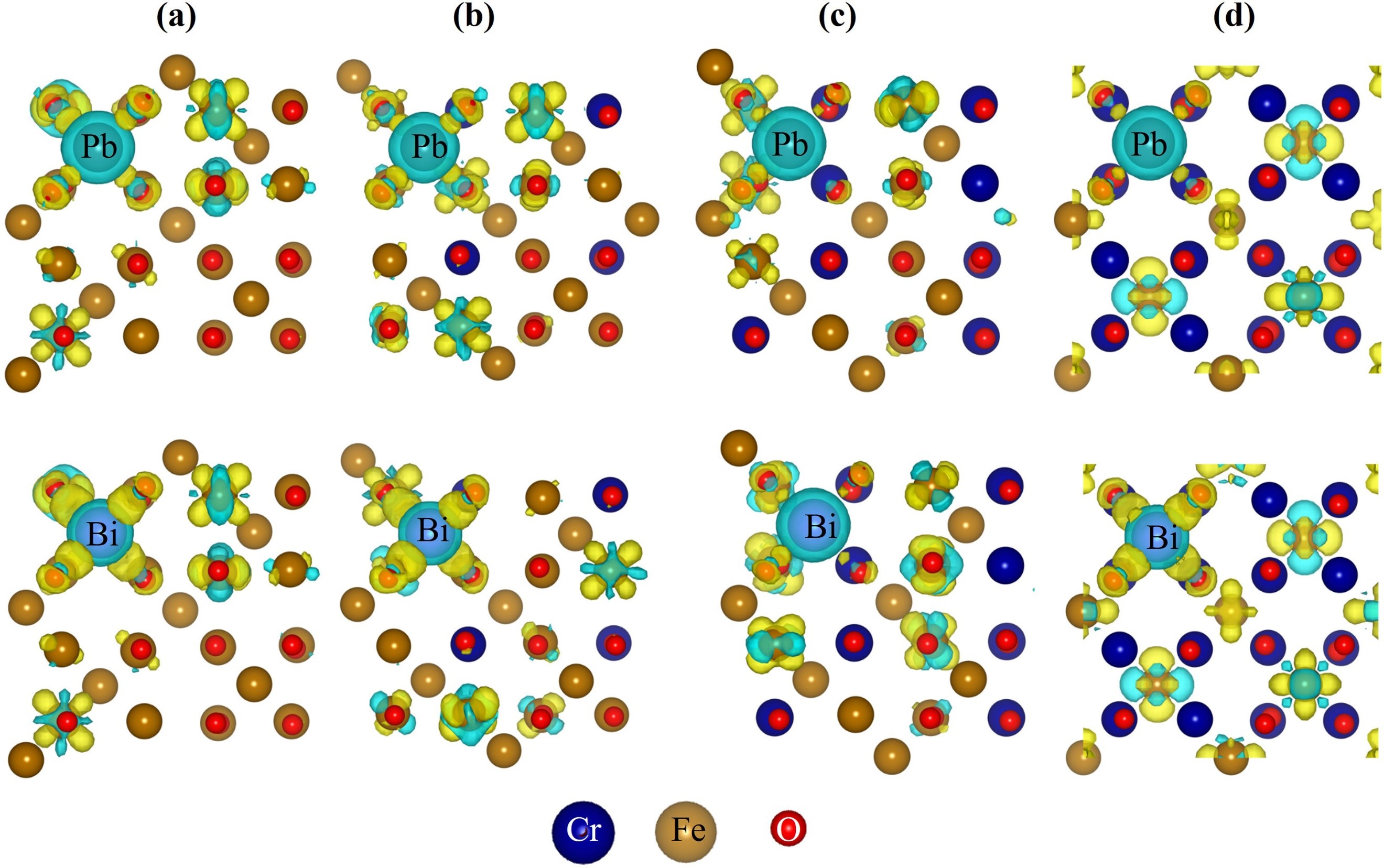
Recently, researchers at the Hefei Institutes of Physical Science of the Chinese Academy of Sciences, have revealed the atomic-scale mechanism by which chromium enrichment improves the corrosion resistance of fuel cladding materials in lead-cooled fast reactors (LFRs).
The related findings were published in the Journal of Nuclear Materials.
Ferritic/martensitic (F/M) steels are considered promising candidates for LFR fuel cladding, but they are susceptible to corrosion when exposed to high-temperature liquid lead-bismuth eutectic (LBE) coolant. While regulating dissolved oxygen in LBE can promote the formation of protective oxide layers, enhancing the materials’ intrinsic corrosion resistance remains a key challenge. Due to the long duration and high cost of corrosion testing, traditional empirical approaches offer limited insight, highlighting the need for efficient, accurate, and interpretable predictive models.
To address this, the team conducted systematic research from two complementary perspectives: atomic-scale modeling and data-driven modeling.
On the atomic scale, they employed density functional theory-based first-principles calculations to study the formation and migration of atomic vacancies in Fe₃₋ₓCrₓO₄ oxide layers with varying chromium content, as well as the effects of Pb and Bi. They found that chromium-enriched Fe-Cr spinel layers have higher vacancy formation energies and diffusion barriers than Fe₃O₄, impeding the diffusion of Fe, Cr, and O atoms. These findings demonstrate how chromium enhances the stability of oxide layers, offering greater resistance to corrosion in LBE environments. This atomic-level insight provides valuable theoretical support for the design of high-performance, corrosion-resistant materials.
From a data-driven modeling perspective, they developed an interpretable machine learning (ML) model to predict the oxidation corrosion behavior of F/M steels in static LBE conditions. By analyzing alloy compositions, test environments, and oxide scale thicknesses, they constructed a gradient boosting regression (GBR) model using nine key features. To ensure transparency and interpretability, the team used the SHapley Additive exPlanations (SHAP) method to quantify the impact and nonlinear interactions of each feature. This analysis revealed optimal concentration ranges for critical alloying elements such as Mo, Cr, and Si. Based on this, a multi-element synergy strategy was proposed to guide the design of oxidation-resistant alloys.
The modeling approaches offer both mechanistic understanding and practical guidance for designing advanced materials for lead-cooled reactors, helping to overcome the limitations of traditional corrosion studies and predictive methods, according to the team.

Figure 1 Oxide structures of (a) Fe3O4, (b) Fe2.5Cr0.5O4, (c)Fe2CrO4, and (d)FeCr2O4. (Image by DENG Chengmin)

Figure 2 Charge density difference for Pb and Bi atoms in (a) Fe3O4, (b) Fe2.5Cr0.5O4, (c) Fe2CrO4, and (d) FeCr2O4. (Image by DENG Chengmin)